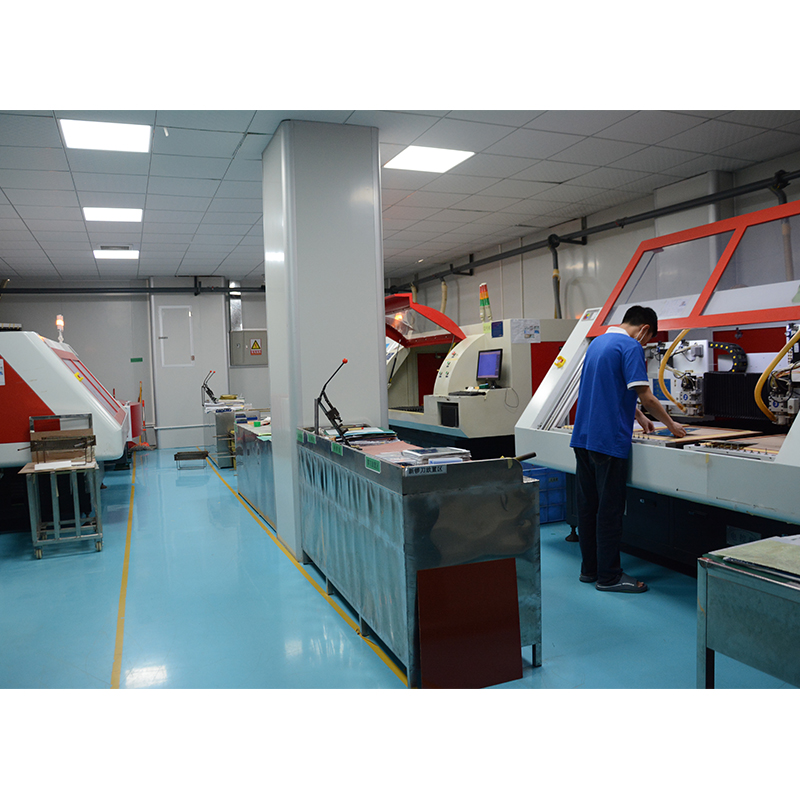In today’s fast-paced technology environment, the need for rapid prototyping has become very important. The company continually strives to stay ahead of the competition by rapidly developing and launching new products. One of the key areas where rapid prototyping is critical is developing printed circuit boards (PCBs) suitable for harsh environments. Let’s explore some common considerations when designing PCB prototypes for this type of environment.
1. Material selection: When designing PCBs for use in harsh environments, material selection is crucial. These materials need to be able to withstand extreme temperature changes, humidity, corrosion and other environmental factors. It is crucial to choose materials that have high thermal conductivity and are resistant to moisture, chemicals and UV radiation. Some common materials used for harsh environment PCBs include FR-4, ceramic, and polyimide.
2. Component selection: The components used in PCBs in harsh environments should be carefully selected to ensure their reliability and stability. High-quality components that can withstand extreme temperatures, vibration and shock are critical. It is important to consider factors such as operating temperature range, environmental certifications and long-term availability of components. Selecting components from reputable manufacturers and conducting thorough testing is critical to ensuring the reliability of the final product.
3. Layout design: The layout design of PCB plays a vital role in its ability to withstand harsh environments. PCB layout needs to consider factors such as heat dissipation, signal integrity, and electrical noise. Appropriate heat dissipation mechanisms, such as heat sinks or vents, should be used to prevent components from overheating. Signal traces should be routed carefully to minimize interference and ensure signal integrity. Additionally, proper grounding techniques should be used to minimize electrical noise.
4. Environmental testing: Rigorous testing is crucial to verify the functionality and reliability of PCBs in harsh environments. Environmental testing such as temperature cycling, humidity testing, and vibration testing should be performed to simulate the conditions to which the PCB will be exposed in its intended environment. These tests help identify any weaknesses or potential failures and allow necessary design modifications to be made to improve the PCB’s resiliency.
5. Encapsulation and coating: To improve the durability of the PCB and protect the PCB from harsh environmental conditions, encapsulation and coating technologies can be employed. The encapsulation provides a physical barrier that protects the PCB from moisture, dust, and chemicals. Coatings such as conformal coating or parylene coating further protect PCBs from environmental factors by providing a thin layer of protection. These technologies help extend PCB life and ensure reliable performance under challenging conditions.
6. Comply with standards: Industry standards and regulations must be considered when designing PCBs for use in harsh environments. Compliance with standards such as IPC-2221 and IPC-6012 ensures that PCBs meet required quality and reliability standards. Additionally, if a product is used in a specific industry such as automotive, aerospace, or military, it may be subject to industry-specific standards and certifications.
In summary, rapid PCB prototyping for harsh environments requires careful consideration of factors such as material selection, component selection, layout design, environmental testing, packaging, and compliance with standards. By taking these factors into consideration, companies can ensure they develop robust and reliable PCBs that can withstand the harsh conditions they are expected to be subjected to. Prototyping in a harsh environment is a challenging task, but with the right approach and attention to detail, companies can successfully overcome obstacles and deliver high-quality products to customers.
Post time: Oct-21-2023
Back







